
Sardines are also classified as a very good omega supplement food - Illustration: Mrs. Hoa's Kitchen
According to Master Nguyen Van Tien - National Institute of Nutrition, the structure of the human brain is up to 60% fatty acids. Omega is necessary for the perfect development of the eye's visual function, for the perfect development of the nervous system.
Omega is so important but the body cannot synthesize it itself and must take it from food sources.
Some specific effects of omega
Omega is a group of essential polyunsaturated fatty acids, namely DHA - EPA - ALA. Of which, DHA and EPA participate in the formation of brain structure and function. ALA is an omega 3 fat that is no less valuable than DHA and EPA.
When entering the body, ALA will be converted into DHA and EPA as needed, helping to provide energy and is a raw material for building brain structure, protecting the brain, and increasing neurotransmission.
For children, omega plays a very important role in the development of the child's brain, helping to enhance memory and enhance nerve reflexes. Not only children but adults still need Omega, especially Omega 3 and 6 for brain development and vision development.
Lack of omega will adversely affect brain and nerve development, reduce the effectiveness of neurotransmitters from target organs to the brain, reduce the fluidity of cell membranes. Children lacking omega will have low IQ and EQ, increase the potential risk of attention deficit hyperactivity disorder, behavioral disorders or depression...
Omega also has the effect of improving some neurological disorders and fighting some autoimmune diseases, while contributing to the treatment of some diseases such as rheumatism, ulcerative colitis, psoriasis, etc.
Foods rich in omega
Omega has two sources: plant and animal. However, omega has no reserve and must be supplemented daily through food.
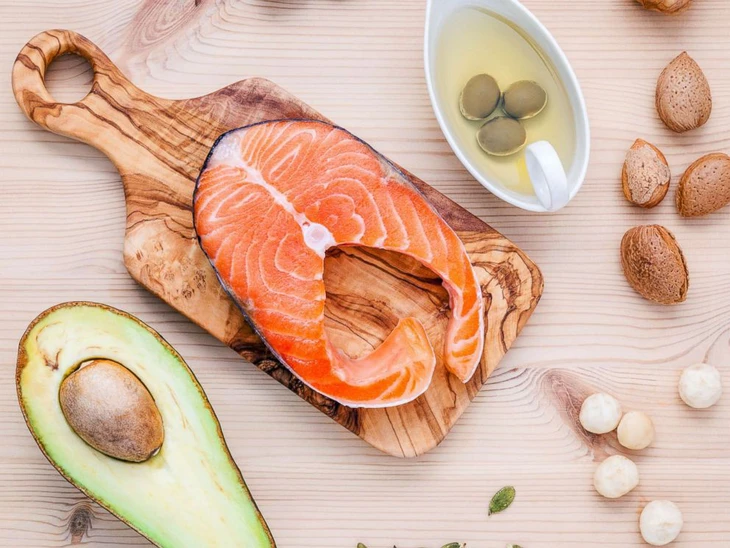
Popular omega supplements - Illustration photo
Animal Omega
Animal omega is found in fish, fish fat, and marine fish. Some types of fish have high omega content such as: mackerel, salmon, herring, sardines, tuna, oysters, etc.
These types of fish are a rich source of omega, and also contain many nutrients such as vitamin B12, selenium... so breastfeeding mothers should not abstain from fishy foods but should eat fish to increase nutrients for their children and for their own health.
Mackerel: Often smoked and filleted whole for breakfast in Western countries. Mackerel is very rich in nutrients, a 100g piece of mackerel provides up to 200% of vitamin B12 and 100% of selenium needed for a day. In addition, mackerel is also rich in omega 3.
Salmon: Contains high protein content and many nutrients such as magnesium, potassium, selenium, vitamin B. 100g of salmon contains 2,260mg of omega 3. Studies have shown that people who regularly eat salmon will reduce the risk of diseases such as cardiovascular disease, dementia or depression.
Herring: Usually pickled or processed, then canned and sold as a snack. 100g of herring contains 1,729mg of omega 3.
Oysters: Oysters contain many nutrients such as vitamin B12, iron, magnesium, phosphorus, zinc, copper, etc. In addition, every 100g of raw oysters contains 672mg of omega 3.
Sardines: Sardines are very nutritious, containing nutrients such as: vitamin B12, selenium, phosphorus, calcium, protein, vitamin D, 100g of sardines contain 1,480mg of omega 3.
Anchovies: are small fish, often dried and canned. Anchovies are rich in calcium, vitamin B3 and selenium. 100g of anchovies contain 2,113mg of omega 3.
Plant Omega
Plant omega is abundant in nuts and green vegetables such as: Brussels sprouts, kale, spinach, broccoli, cauliflower, spinach, peas...
Spinach: 100g of spinach contains 138mg of omega 3 and 26mg of omega 6.
Spinach is also known as spinach. It is considered one of the favorite vegetables of many people because it is not only delicious but also very rich in nutrients from vitamins A, C, E, K to omega types.
Flaxseeds: Flaxseeds are small, brown or yellow in color, and are often used as additives and oil production. As a food rich in good fats, flaxseeds are also a source of omega. Flaxseeds are also considered the perfect food for vegetarians because they provide a lot of fiber, vitamin E, magnesium...
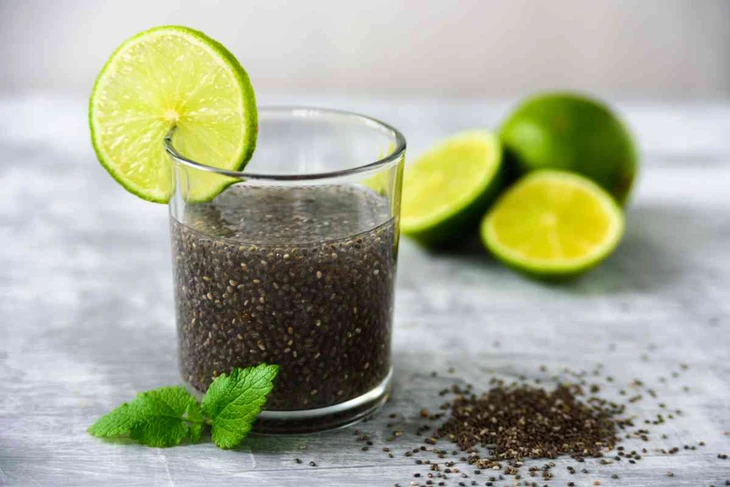
Chia seeds supplement calcium and omega - Illustration photo
Chia seeds: 100g of chia seeds contain 4,915mg of omega 3 and 1,620mg of omega 6.
Chia seeds are rich in calcium, phosphorus, and protein, making them very suitable for gym goers.
Walnuts: In addition to being rich in omega, walnuts are also very nutritious, rich in fiber and copper. When eating walnuts, do not remove the outer layer because it contains many antioxidants.
Legumes: green beans, black beans, peas, peanuts are rich in omega.
Source: https://tuoitre.vn/nhung-thuc-pham-de-tim-gia-re-rat-giau-omega-20251030203226664.htm


![[Photo] The Third Patriotic Emulation Congress of the Central Internal Affairs Commission](https://vphoto.vietnam.vn/thumb/1200x675/vietnam/resource/IMAGE/2025/10/30/1761831176178_dh-thi-dua-yeu-nuoc-5076-2710-jpg.webp)



![[Photo] Prime Minister Pham Minh Chinh attends the 5th National Press Awards Ceremony on preventing and combating corruption, waste and negativity](https://vphoto.vietnam.vn/thumb/1200x675/vietnam/resource/IMAGE/2025/10/31/1761881588160_dsc-8359-jpg.webp)
![[Photo] Da Nang: Water gradually recedes, local authorities take advantage of the cleanup](https://vphoto.vietnam.vn/thumb/1200x675/vietnam/resource/IMAGE/2025/10/31/1761897188943_ndo_tr_2-jpg.webp)
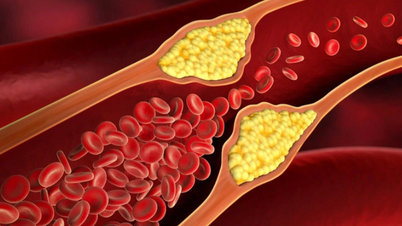
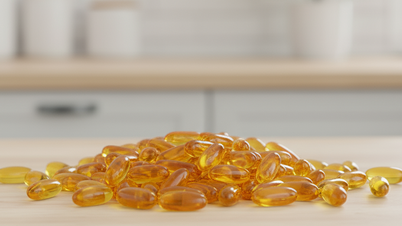




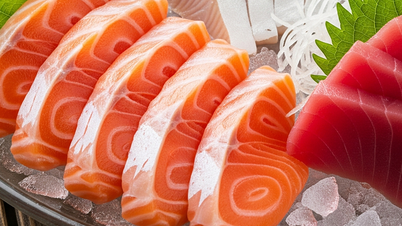




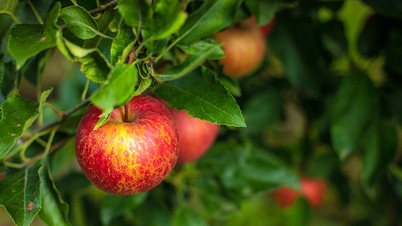













![[Photo] General Secretary To Lam attends the Vietnam-UK High-Level Economic Conference](https://vphoto.vietnam.vn/thumb/1200x675/vietnam/resource/IMAGE/2025/10/30/1761825773922_anh-1-3371-jpg.webp)











































































Comment (0)